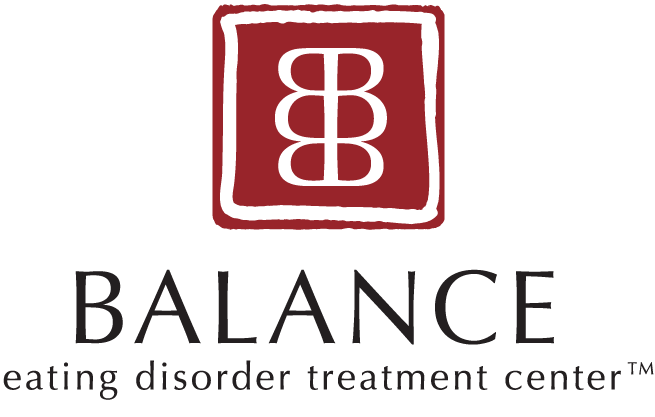4 Common Myths About Binge Eating Disorder
Binge eating disorder, or BED, is one of the most prevalent eating disorders. A 2007 study found on NEDA’s Binge Eating Disorder Statistics, found that it was three times more common than anorexia and bulimia combined and more prevalent than breast cancer and schizophrenia.
By: Elizabeth Low
Understanding BED
BED used to be an appendix under the ‘Eating Disorders Not Otherwise Specified’ diagnosis and has only been recognized as an official diagnosis in the 5th edition of the Diagnostic and Statistical Manual (or the DSM-5) with clear diagnostic criteria. BED is often misunderstood, leading to a minimization of its severity, along with harmful stigmatization.
Although there are more, below are four common myths about binge eating disorder and the truth behind them:
Myth 1: Binging is overeating, which is not a big deal.
Binging is distinct from overeating. Many people might overeat when dining out or eating something particularly delicious.
In her article, Myths and Facts About Binge Eating Disorder, Barabra Spanjers explains, a binge episode is defined in the DSM-5 as eating a larger quantity of food than most people would eat in a similar period under similar circumstances. A binge episode is also usually done in secret, accompanied by a perceived lack of control over eating, and is followed by guilt. Individuals with BED feel they cannot stop eating or control what or how much they eat.
Myth 2: Individuals with BED have a problem with willpower.
This is a particularly judgemental statement that simplifies and makes generalizations about BED. Just like individuals with anorexia nervosa do not have a surplus of willpower, individuals with BED do not simply lack willpower.
For many individuals, the disorder may have begun to cope with stress. When people binge on food, increased dopamine levels can temporarily counter feelings of depression and anxiety. Dopamine receptors turn the binge process into compulsive behavior.
Myth 3: Dieting is an effective BED treatment.
One of the characteristics of an eating disorder is having an unhealthy relationship with food. Controlling food intake does not help anyone’s relationship with food, much less an individual with an eating disorder like BED because deprivation often leads to binges. While dieting, you have to focus more on food which can cause stress. BED may be comorbid with other conditions like addiction, depression, or anxiety. BED treatment is very individualized, with people who have BED benefiting from therapy, working with a dietitian, family therapy, and education, for example.
Myth 4: Recovering from BED means avoiding trigger foods for the rest of their lives.
Fear or trigger foods may feel difficult to eat during recovery. However, with work, time, and support from loved ones and your treatment team, it is possible to eat those foods again. It is possible to safely consume foods that may have once been “fear foods” after recovering from BED.
More awareness of BED needs to be spread. Misinformation about the disorder is detrimental to individuals suffering from BED. Often, society tends to focus more on the appearance of people who suffer from eating disorders than the behaviors and experiences they face. BED is a psychological disorder, even if it results in physiological changes. When conditions have less stigma and more understanding, people can seek the help they deserve and need.
At BALANCE eating disorder treatment center™, our compassionate, highly skilled team of clinicians is trained in diagnosing and treating the spectrum of eating disorders, including anorexia, bulimia, binge eating disorder, compulsive overeating, and other disordered eating behaviors and body image issues. In addition to our full-time Day Treatment Program and Weeknight Intensive Outpatient Program, we offer high-quality programming, nutrition counseling with a licensed dietitian, meal support, and various other groups and resources to help those seeking help for food concerns.
Our admissions team would be happy to answer any questions you may have about our programs and services. Book a free consultation call with our admissions team below, or read more about our philosophy here.
This post was written by BALANCE Blog Contributor, Elizabeth Low (she/her).
Elizabeth is currently finishing her sociology degree with a concentration in social interaction and a minor in psychology at San Jose State University. During her undergraduate studies she has volunteered and worked in childcare, and in the food industry. She plans to pursue a graduate degree in Clinical Nutrition or Counseling. She hopes to actively counteract social messaging that is linked to disordered eating, overexercise, and body dissatisfaction. Her interests include cooking, childcare, education, research, and writing. She plans to help individuals have a healthy relationship with food and their body image through counseling in the future.
References
National Eating Disorders Association. “Statistics and Research on Eating Disorders.” NEDA, https://www.nationaleatingdisorders.org/statistics-research-eating-disorders. Accessed Aug 7, 2022.
Spanners, Barbara. “Myths and Facts about Binge Eating Disorder.” Center for Discovery,https://centerfordiscovery.com/blog/myths-and-facts-about-binge-eating-disorder/. Accessed Aug 6, 2022.



